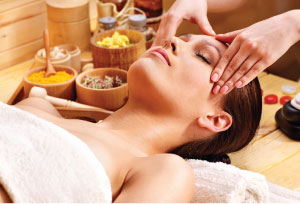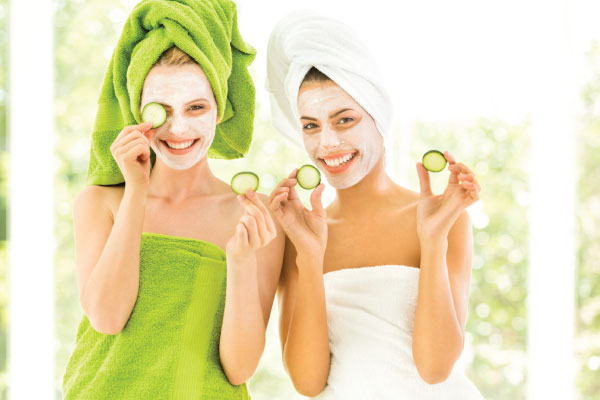A combination of expert hands and beautiful products, resulting in a relaxing and totally indulgent spot of ‘me time’ as you relax at the salon; Ankita Mamgain brings you more on facials.
It might be impossible to get the kind of soft, flawless facial skin you see in ad campaigns and magazines, without some skilful airbrushing. However, taking care of your face has never been easier, safer and more fun. Today there are several ways to help improve the look and feel of your skin and increasingly, many adults and even teens are turning
to facials.
Facial treatments are meant to cleanse, firm, smooth and moisturise the skin. They are not only an excellent way to relax and be pampered, but also a means for making your skin healthier. According to research by the International Spa Association, facials are the third most popular spa treatment, right behind massages and manicures or pedicures in the USD10.9-billion spa industry.
You can certainly give your face a massage at home and then relax with a face-pack on, cucumber slices on the eyelids and tranquil tunes playing in the background, but it’s not quite the same as having it done at a spa. The care with which an aesthetician applies creams, gels, serums, masks, mists and lotions, leaves you feeling pampered in addition to cleaning and revitalising your skin.
Types of Facials
Some facials claim to do nothing more than give you a relaxing massage; others target specific skin problems, such as acne, dryness or wrinkles. They can range from being low-tech affairs, using hand-mixed pastes and compounds, to high-tech procedures, involving electrical stimulation to temporarily tighten skin.
A basic facial involves cleaning, steaming and finishing off with a nice massage, which can be tailored to specific skin types, for instance hypoallergenic products may be part of the treatment for sensitive skin.
If your eyes are looking a little tired, you might want to consider a bio-lift facial.
Alpha-hydroxy acid facials claim to help aging skin look more youthful, as do collagen or paraffin facials.
If mature skin isn’t your problem – and your youthful dermis suffers from acne, you can seek out a specialised treatment to clear up skin or antioxidant and pollution-fighting facials that have special ingredients formulated to combat free radicals which can contaminate and damage your skin If you want a clear mind in addition to a clear face, consider an aromatherapy facial, which uses specific essential oils to calm the body and helps you relax.
Why go for it?
 You really don’t need a specific reason to head to the spa, but beyond the incredible ‘before and after’ pictures in beauty brochures, there are many pluses to going for a facial.
You really don’t need a specific reason to head to the spa, but beyond the incredible ‘before and after’ pictures in beauty brochures, there are many pluses to going for a facial.
Extraction for clear pores: How many times have you caught yourself squeezing out blackheads, pores and pimples? A practice that is responsible for facial scarring, broken capillaries and acne flare-ups. With a facial treatment you leave this job to the experts who use the right tools and techniques so your skin breathes better, looks healthier and has fewer breakouts.
Healthy complexion: You might have a good skin care routine but masks and peels go a step further in rejuvenating the dermis and leaving it fresh and supple. Depending on your skin’s needs, the mask’s purpose may be to calm, hydrate or decongest the skin.
Lymphatic drainage: Most facials include a certain amount of face, décolletage and scalp massage, which not only induces deep relaxation but also promotes lymphatic drainage. This means it gets rid of toxins, reduces fluid retention and promotes circulation, leaving your skin glowing
and youthful.
Professional strength exfoliation: Excessive air pollution and the free radicals in the environment damage your skin. However with microdermabrasion or fruit acid peels these toxins and dead cells can be effectively removed, promoting healthy cell turn over. Over time these methods help diminish acne and other facial scarring.
Expert advice: You can do your own research about your skin type and products to use but an aesthetician accesses your skin under intense light, using a super magnifier, to identify your exact problems. This way you get a personalised treatment that is not just made for four to five skin types, as is the case of most over-the-counter brands.





































